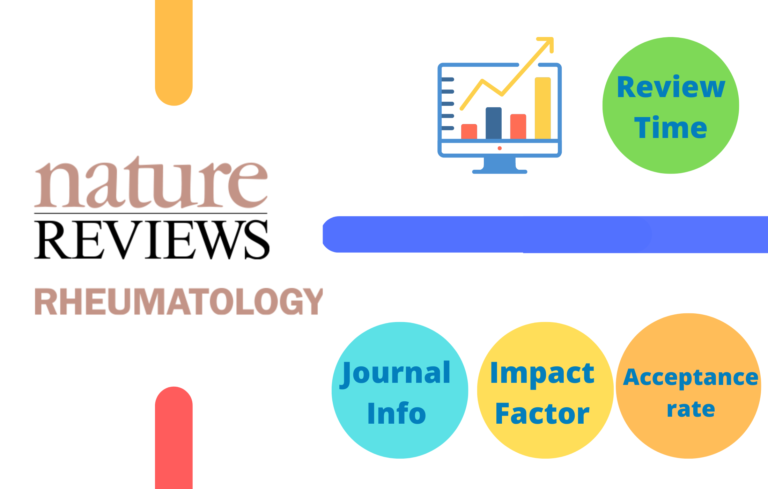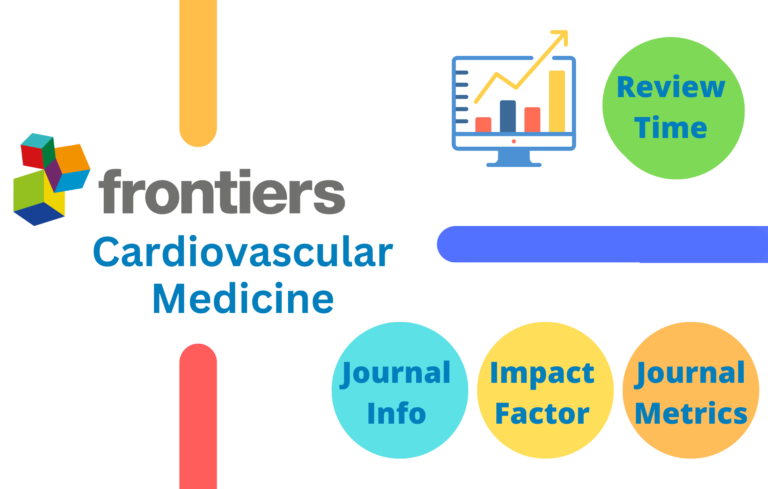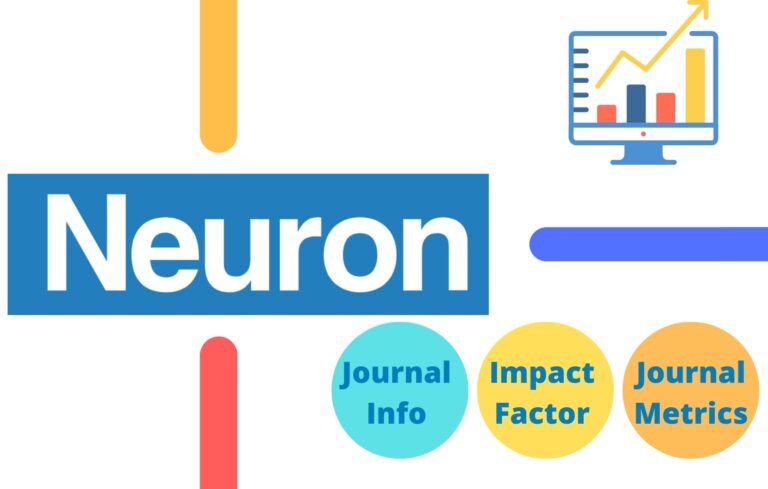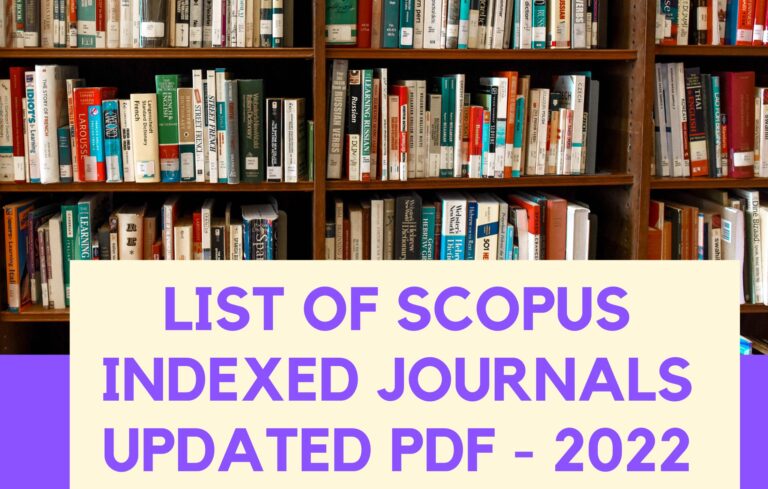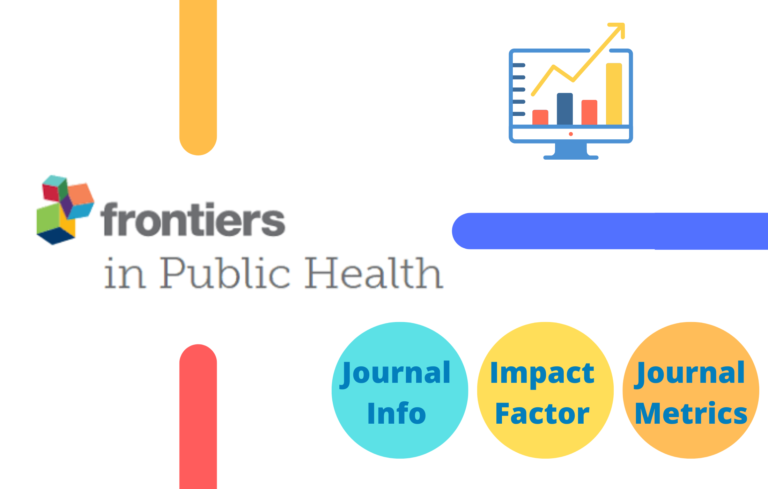Here in this post, apart from BLOOD Impact Factor, I have tried to compile all the necessary information a research scholar would seek before publishing an article in the journal.
About BLOOD Journal
Blood is a peer-reviewed medical journal published by the American Society of Hematology. It was established by William Dameshek in 1946.
Impact Factor of BLOOD
Impact Factor (IF) or often called journal impact factor (JIF) is an index provided by an analytics company named Clarivate. The impact factor is calculated by dividing the number of times the articles are cited in the last two years by the total number of publications in those two years.
For example,
- Total Citations in 2020 and 2021 = 5000
- Total Number of Publications in 2020 and 2021 = 500
- Impact Factor of the Journal in 2022 = 500/100 = 10
BLOOD Impact Factor (2017-2023)
- BLOOD Impact Factor 2017 – 15.132
- BLOOD Impact Factor 2018 – 16.652
- BLOOD Impact Factor 2019 – 17.543
- BLOOD Impact Factor 2020 – 22.113
- BLOOD Impact Factor 2021 – 25.476
- BLOOD Impact Factor 2022 – 20.3 (Updated June 2023)
BLOOD Impact Factor 2022
BLOOD H-index
The h index is a metric for evaluating the cumulative impact of an author’s scholarly output and performance; measures quantity with quality by comparing publications to citations.

The h index of BLOOD Journal is 484, which means among all the published articles in this journal, 484 of these publications have received at least 484 citations each.
BLOOD Journal Metrics
BLOOD CiteScore
CiteScore (CS) of an academic journal is a measure reflecting the yearly average number of citations to recent articles published in that journal.
| Cites / Doc. (3 years) | 2018 | 7.772 |
| Cites / Doc. (3 years) | 2019 | 7.786 |
| Cites / Doc. (3 years) | 2020 | 8.145 |
| Cites / Doc. (3 years) | 2021 | 9.453 |
| Cites / Doc. (2 years) | 2018 | 7.814 |
| Cites / Doc. (2 years) | 2019 | 7.325 |
| Cites / Doc. (2 years) | 2020 | 7.434 |
| Cites / Doc. (2 years) | 2021 | 9.532 |
BLOOD SCImago Rank
The SCImago Journal Rank (SJR) indicator is a measure of the scientific influence of scholarly journals that accounts for both the number of citations received by a journal and the importance or prestige of the journals where the citations come from.
| Year | SCImago Journal Rank (SJR) |
|---|---|
| 2018 | 6.065 |
| 2019 | 5.416 |
| 2020 | 5.515 |
| 2021 | 4.834 |
BLOOD Editorial Board Members
- Chief Editor | Nancy Berliner
- Deputy editor | Andrew Roberts
- Editorial Members
BLOOD Publication Fee
Authors may choose to pay a fee to make their article immediately and freely available upon publication under a Creative Commons license. The fee for publication under a CC BY-NC-ND license is $5,000. This license allows noncommercial, nonderivative use of the article and requires appropriate credit to the authors. Authors whose institutions or funders require publication under a CC BY license may request a CC BY license, for which the fee will be $6,000.
Authors can also publish under the subscription model with no fee required, and their article will be available to subscribers, ASH members, readers in developing countries, and patient groups. Your publication choice will have no effect on the peer review process or acceptance of your submission.
BLOOD Review Time
BLOOD prioritizes rapid publication and uses single-blind peer review, which is standard across Cell Press journals.
| Initial decision to review | Within 20 days |
| Total handling time | Around 3 months |
BLOOD Reference Style
Include references in numerical order at the end of the article according to the order of citation in the manuscript text. Text citations of reference should consist of superscript numbers. Format references per the instructions of the Blood Style Guide. If you use citation software, check it carefully to ensure that it formats your references according to the current Blood style.
Authors can now have Medline links in their HTML references for citations that have only been published via prepublication in Blood First Edition or in other prepublished articles. Since prepublished articles have PubMed records and a PubMed ID (PMID) is listed at the bottom of every PubMed record as the citation identifier, an author can include the PMID within his or her manuscript references to link the prepublication citation to its PubMed record. Citation of a paper prepublished in First Edition must also include its DOI number, as shown in the prepublished article.
BLOOD Endnote Style
You can download the BLOOD Endnote Style and BLOOD Zotero Style
BLOOD Abbreviation
The ISO 4 standard abbreviation for abstracting, indexing and referencing purposes of BLOOD is “Blood“
BLOOD Acceptance Rate
The acceptance rate of a journal is the ratio of the number of articles submitted to the number of articles published.
The average acceptance rate of BLOOD journal is NA%
BLOOD Indexed in
Science is indexed in Scopus, SCImago, Web of Science, and UGC journal ranking



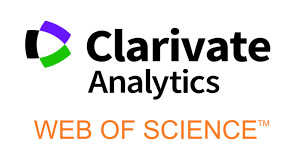
Read More




